Young port vs. old port? What about the tawnies? And why are most port wine houses named after ancient Englishmen? Jorge Ramos straightens it all out with a little bit of help from Taylor’s range of port wines. BKWine’s Ulf Bengtsson reports.
When I think of port wine, I find the questions just stack up. First, what about the old Englishmen, Graham, Taylor, Cockburn, Osborne? How come most port houses seem to have British origin? Is Napoleon to blame, once again? Second, is vintage port always superior and more desirable than tawny port? Or do tawny ports have a chance? Third, what about other fortified wines from other wine regions, such as South Africa or Australia? What makes the Douro valley wines so special? And finally, for how long should a vintage port be tucked away in the cellar before opened?
No, it was not Napoleon this time. And it was not six wivesian Henry VIII either, although he could have been an interesting and most plausible candidate in this case. In fact, it was the war of the Spanish Succession and the Methuen Treaty, signed in 1703.
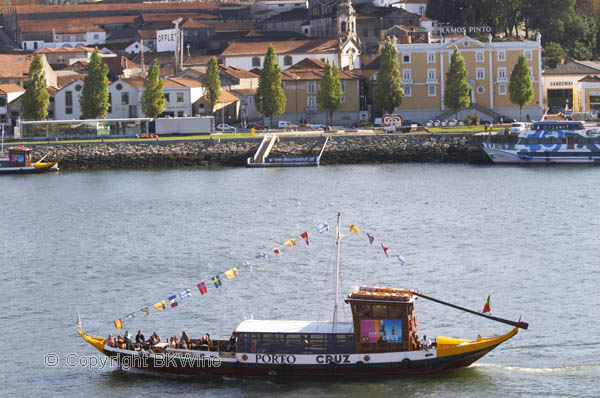
As England was at war with France, it became increasingly difficult to acquire wine and port started to become a popular replacement. The Methuen treaty stipulated that Portuguese wine should be taxed favourably compared to French wine, war or not, and English textiles exported to Portugal should not be subject to any tax at all. This made Portuguese wine cheaper and as we all know, cheaper is tastier.
But the English had yet to discover the port wine, not just Portuguese wine. Some years prior to the war, a Liverpool wine merchant had sent two new representatives to Oporto to learn the wine trade. As Wikipedia on Port explains: “While on a vacation in the Douro, they visited the Abbot of Lamego, who treated them with a ‘very agreeable, sweetish and extremely smooth wine’, which had been fortified with a distilled spirit. The two Englishmen were so pleased with the product that they purchased the Abbot’s entire lot and shipped it home.” The rest is (more) history.
So in other words, as the war made French wine volatile, the Methuen treaty helped to establish trading relations between England and Portugal and thus the foundations of the port industry was laid. As expected, the treaty subsequently became known colloquially as the “Port Wine Treaty”.
I was very glad when BKWine was invited to a lunch tasting of Taylor’s port wines at the Bobonne restaurant in Stockholm because I have always had an interest in port wine but not really done much about it. The tasting was led by Jorge Ramos, sales and marketing manager at Taylor’s, and organized by Vinunic, Taylor’s Swedish importer. Taylor’s is part of The Fladgate Partnership that controls the Taylor’s, Croft and Fonseca brands.
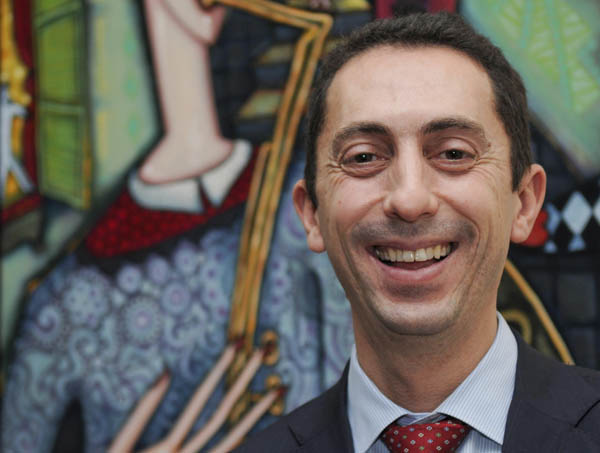
Taylor’s, one of the oldest port houses
I sat down with Jorge Ramos and a few bottles of port to get these port questions straightened out. Jorge Ramos starts off with some background on the house and the region. Taylor’s port is one of the oldest port houses in Portugal, and it is the only British port company that has never been bought or sold in its entire history. So today, the company is run by the 8th generation family members.
Taylor’s owns three properties in the Douro valley, the largest of these being Quinta de Vargellas. Most, if not all, of Taylor’s lots are in the upper part of the Douro valley, called Douro Superior, very close to the Spanish border. Many vines of the Quinta de Vargellas are around one hundred years old and those vines are a crucial part of the blend for Taylor’s vintage port. The Quinta de Vargellas has been owned by Taylor’s since the late nineteen century.
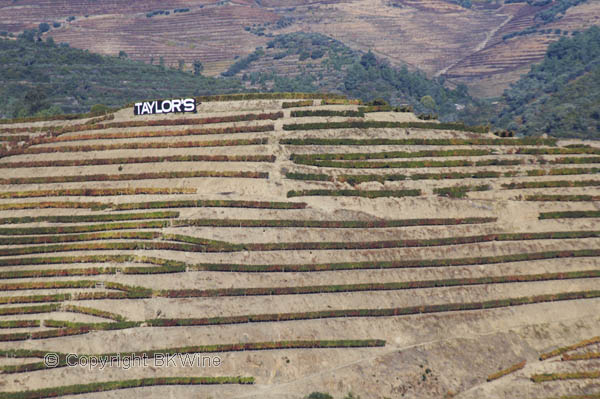
Taylor’s was also the first British company to by a property in Douro, in 1744, thus shifting from shippers to farmers. The reason was to ensure consistency year after year in the wines that were brought to market.
All of the grapes are picked by hand, mostly because of the conditions of the region: everything is terraced. This makes mechanized harvesting difficult. No machines can work there. However, the labour-intensive picking is rather expensive. Jorge Ramos explains why: “four hundred people come in for the harvest and it is very costly, because for three weeks we have 400 people that we feed, sleep, entertain and provide a lot of port for.”
Late bottled vintage and vintage declaration
Taylor’s focus mainly on vintage port, tawny port, and late bottled vintage (LBV), a category that, according to Jorge Ramos, Taylor’s created in 1970, with the 1965 vintage.
There was a demand for vintage-style wine that was ready to drink. A normal vintage port is bottled after two years; the late bottled vintage is bottled after four to six years. Note that if you buy older port vintages, they could be bottled abroad (e.g. in the UK). But the law changed in 1976 stating that all port must be bottled in Vila Nova de Gaia.
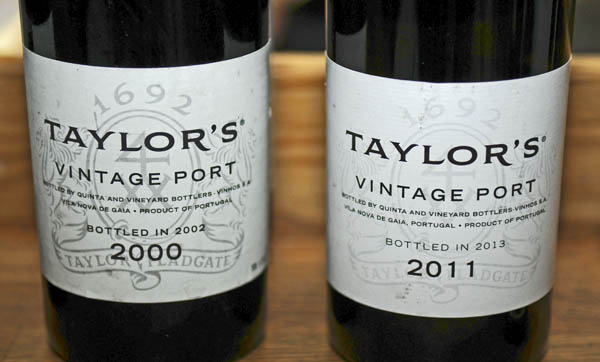
Vintage declaration is a house to house decision. On average a vintage is “declared” three times a decade, at least over the last 300 years. Taylor’s, however, declared a vintage four times in the last decade: 2000, 2003, 2007, and 2009. Vintage port is bottled in half bottles, standard 75 cl, magnums, 3-litres, and … wait for it … 6 litres!
What’s new?
What has changed, though, is the grape spirits. Up until 1992, port houses were obliged to buy the grape spirits from the government, the port wine institute. As the law changed in 1992 port houses were able to source the grape spirits from all over the world. Jorge Ramos points out that this meant that Taylor’s could look for cleaner, more refined spirits. “But we do not want it to interfere with the wine. 60 per cent of the grape spirits still come from Portugal. The best wine gets the best spirit. Not masking the bad or good qualities of the wine.”
Much of the wine is also foot trodden. But not all. For the entry-level wines, computer controlled steel slats, or “feet”, do the treading. These slats are horizontally positioned on their way down and vertically positioned going up, thus creating a circular movement resembling the treading of a human foot. Everything from late bottled vintage is, however, foot trodden.
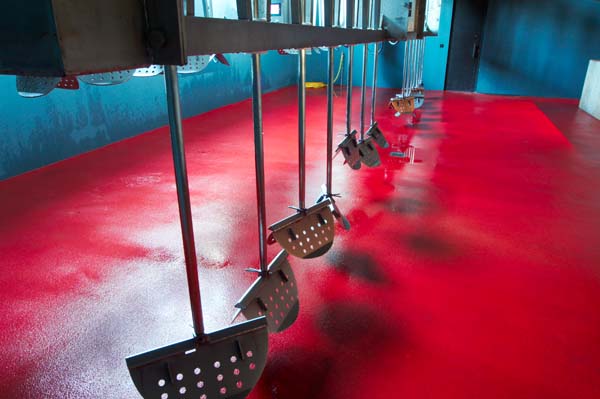
Speaking of treading, there are about 40 red wine grapes that are authorized for port production. Taylor’s focuses on the six main grape varieties, the ones that are indigenous to the Douro valley, Touriga franca, tinta roriz, tinta barroca, touriga nacional, tinta cão, and tinta amarela. The wine stays one year in the Doro Valley, then it travels down to Porto. There storage and aging is handled in cellars at Vila Nova de Gaia near Porto.
And what about the tawnies?
A tawny port is port wine made from red grapes aged in barrels for a long time. Gradually they mellow to a golden-brown colour. So in other words, tawny is port wine not bottled or bottle aged but barrel aged. The official categories are 10, 20, 30 and over 40 years.
But a tawny port aged 40 years is however not port wine from 40 year old barrels. It is a blend. This is important to bear in mind. A port wine producer’s “house tawny” is, like champagne, a blend that aims to reflect the house style. At Taylor’s three master blenders ensure that the blend is correct and consistent. As Jorge Ramos points out “one of these blenders have worked for Taylor’s for 50 years, and his father, and his father’s father…”
In terms of the blend, one can say that 90 percent of what is in the bottle is what is on the label. The blenders will blend to achieve that house style. In a bottle of twenty years tawny, for example, you could have a blend of thirty different wines, but the majority around 20 years old.
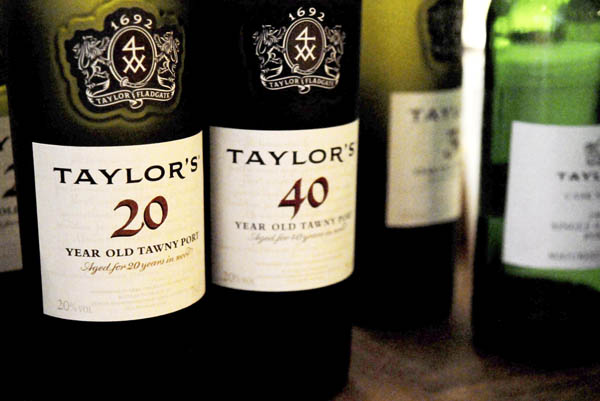
Jorge Ramos reveals that “all tawny ages in small barrels. When it is time for bottling, we’ll grab a few barrels from 1926 for that toffee, caramel flavour. We’ll grab some barrels from 1940 for that figs, and apricots. And then we’ll freshen it all up with a larger percent of 80s and 90s for that orange peel and acidity. So in one bottle you could have a blend of thirty different years.”
I ask him if what is on the label – 10, 20, 30… – is more of a brand than a blend? Well, no, he says. 90 per cent is what the label says. The cellars go back till 1848, so eventually this barrel will run dry and that sought after toffee and caramel character will be brought to you from the 1849 barrel instead… So it is not the solera system that they use. And since three percent evaporate each year the barrels are filled up with other wine from that vintage.
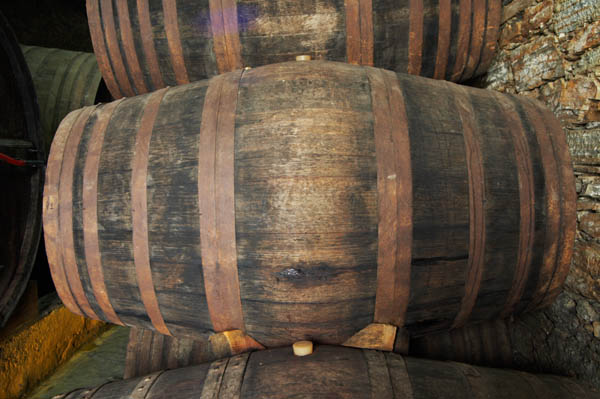
One seventh of the total production has to be set aside for tawny port, “so the port industry does not run out of wine.” But Taylor’s set aside more, “because we think that is where the market is going. They are more visceral, can be drunk all year around, chill them in the summer, they probably pair better with desserts.”
And what about the wines?
Finally, some tasting notes. This is what was poured (price indications are based on Swedish retail prices):
2008 Late Bottled Vintage
Heavy aromas of dark chocolate, a bit of “mothball”, silky texture. Good acidity, the sweetness of the wine is hardly noticeable. Still very young. To keep in the cellar for some time. I find myself thinking, this is how glögg (the Swedish gluhwein) should taste. (~18 euro)
1995 Quinta de Vargellas
Fully integrated, tremendous punch in both scent and mouth feel. (~24 eur for a half-bottle)
2005 Quinta de Vargellas
And now for something completely different! Warmer, sweeter, rich, overwhelming tannin structure, banana, more bite.
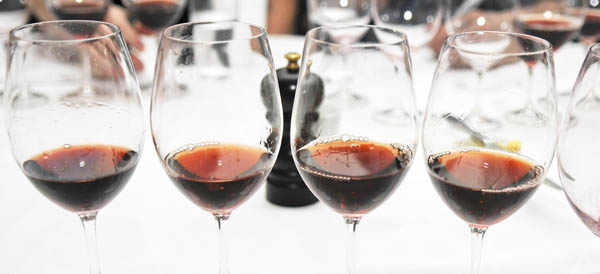
1985 Taylor’s Vintage Port
Lovely balance and integration, lush, generous, dried fruit, coffee
2000 Taylor’s Vintage Port
I think this won my heart today. This had something the others did not have. Very, very nice.
2011 Taylor’s Vintage Port
Fantastic, but a bit difficult to evaluate at the moment. Very powerful. (~70-75 eur)
Taylor’s 10 years old Tawny
A bit harsh, I think. (25 eur)
Taylor’s 20 years old Tawny
Much better. Lovely texture, great wine! (~48-50 eur)
Taylor’s 30 years old Tawny
Better than the 20 year old, more of everything. (~110 eur)
Taylor’s 40 years old Tawny
This is Taylor’s saying “I rest my case.” I have nothing to add. Perfection in a bottle, to be blunt and to use a cliché. (~160 eur)
1964 Single Harvest Tawny Port
Immensely impressive. Perfection. Again. (~190-200 eur)
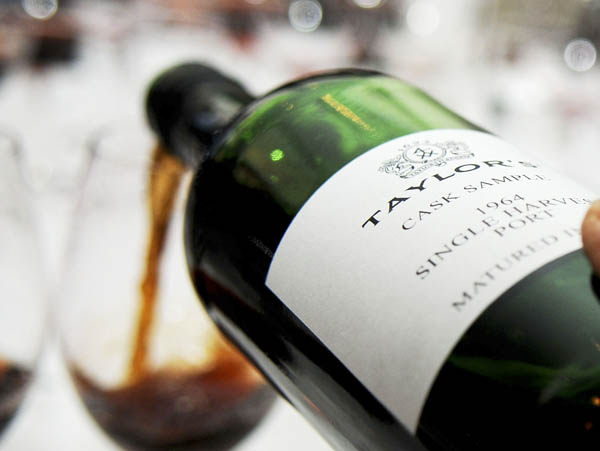
So, have I become any wiser? One of my questions was about the drinking age. Young, old, somewhere in between? I sit with the 2000 and 2011, with the 1985 in fresh memory. The 2000, I think. I don’t know. Maybe. Maybe 10 years is good enough. But the 1985, its texture, so silky and integrated! And the tawnies. You certainly do not have to exclude them in any way. Wiser? Not sure.
Many, many thanks to Jorge Ramos and Taylor’s for sharing the wines and the story behind Taylor’s, and many, many thanks to Catharina and the rest of the crew at Vinunic for this wonderful experience. Thank you!
On a more personal note, some twenty years ago I was in Porto for about a week. Our focus was not wine, rather the sun and the ocean, but being in Porto it is difficult not to become engaged in the port business. So, on one of the days we jumped on a guided bus tour, “Porto and the Port Wine”, led by a lunatic Englishman in his early thirties.
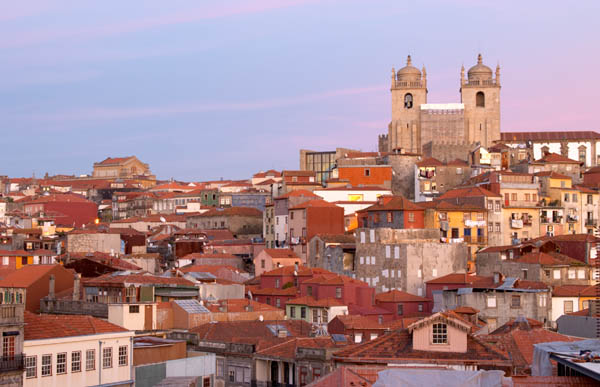
Apart from the usual tourist sightings of Porto, which we enjoyed very much, this turned out to be a guided tour to Graham’s, and the subsequent purchase of a 1977 Graham’s Vintage Port. I still have it. But that is another story.
Strangely enough however, a few rather odd facts about Porto have stayed in my mind since then.
First, and this is of course according to our guide, the lunatic Englishman, you do not ask for a coffee in Porto. No. “You could of course ask for a ‘un caffey por favore’, but that is so touristic. Ask for a ‘cimbalino’, and the locals will brighten up. You see, cimbalino is the manufacturer’s name of the ancient coffee machines that were first used in Porto. Hence, coffee, in Porto, equals cimbalino!”
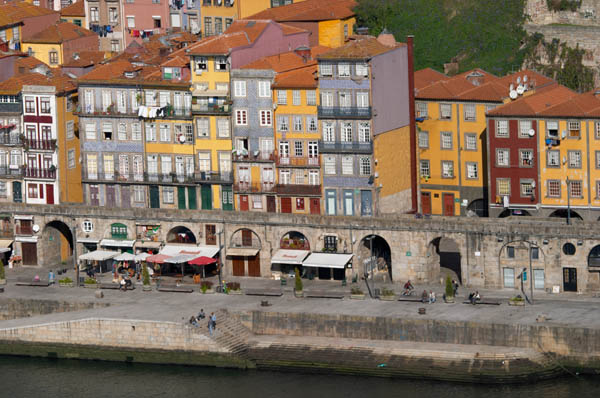
Secondly, he guided us through the basics of Porto traffic behaviour. “There are only three traffic rules in Porto. One: there are only two official speed limits: full speed, or full stop. Two: possession is nine tenths of the law. And finally, three: there is no overtaking on either side in Porto. Unless there is space. And twelve inches is space.”
A week after the Taylor’s tasting I ran into one of the other participants at another event. We discuss the Taylor tasting briefly, and he confesses that “I always thought myself as not a tawny guy, but that Taylor’s tasting changed all that!”
Ulf Bengtsson writes about wine under the pseudonym Red Scream on his blog Red Scream and Riesling, on wine, food, photography and other things that are important in life. Like detective novels, taking long walks in Stockholm and the occasional burst of exercise. He is also on Facebook.
[box type=”info” size=”large” style=”rounded” border=”full”]
Changing your mind (if that is needed) about tawnies is only one of many good reasons to go to Porto and the Douro Valley. To discover the fantastic port wines (and table wines) and the food the best is to come on a wine tour to the Douro Valley with BKWine.
The Wine Travel Professionals: Travel to the world’s vineyards with the wine experts and the wine tour specialist.
[/box]
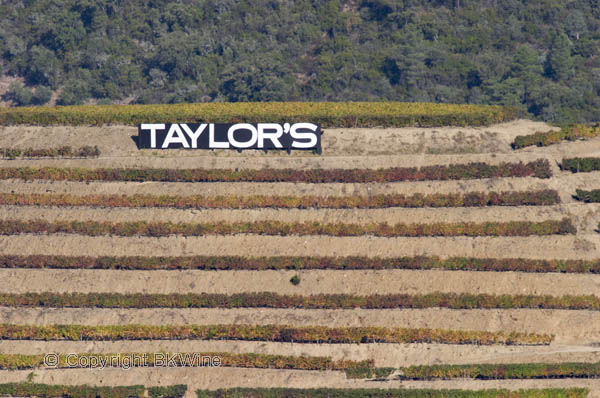


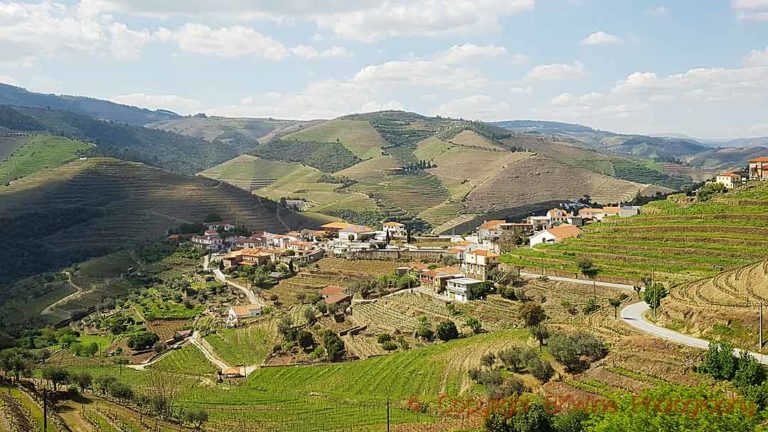
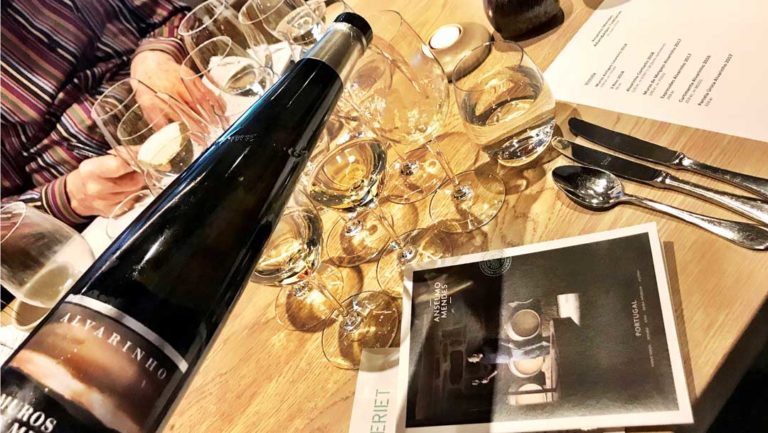
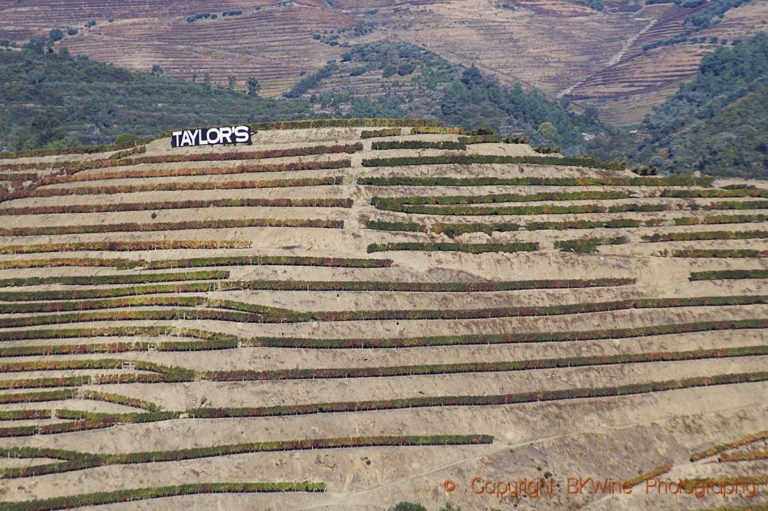





One Response